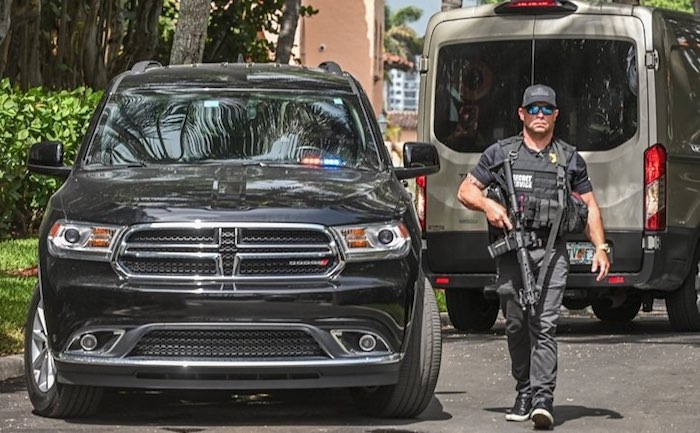Energy
Putin’s uranium export restrictions are a gift for Canada
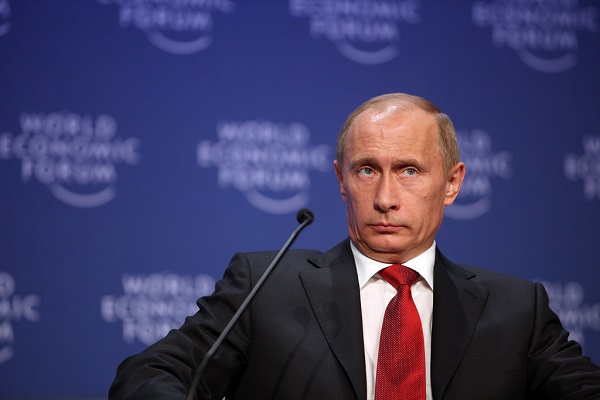
From Resource Works
“The World Nuclear Association says Canada could now play a major role in meeting future world demand, as several key nations eye nuclear energy to meet growing demand for electrical power and for power production that does not use fossil fuels.”
Good to see Russian President Vladimir Putin proposing restrictions on Russian exports of uranium in retaliation for Western sanctions on Russian oil, gas, and LNG.
“Please take a look at some of the types of goods that we supply to the world market,” he told Prime Minister Mikhail Mishustin. “Maybe we should think about certain restrictions — uranium, titanium, nickel.”
Russia is the world’s sixth-largest uranium producer and has about 44% of global uranium enrichment capacity.
Canada, once the world’s largest uranium producer, is now the world’s second-largest producer of uranium, behind Kazakhstan. Canada accounts for roughly 13% of total global output, and Putin’s comment quickly increased the value of shares of our uranium producers.
The World Nuclear Association says Canada could now play a major role in meeting future world demand, as several key nations eye nuclear energy to meet growing demand for electrical power and for power production that does not use fossil fuels.
The Cigar Lake mine in Saskatchewan is one of the world’s richest in uranium. The McClean Lake mill, which processes it, is operated by a subsidiary of France’s Orano and sells 40% of its production to the French electric utility company, EDF.
Australia’s Paladin Energy moved in June to buy Canadian uranium explorer Fission Uranium for $1.14 billion. That purchase is now undergoing a national security review ordered by Ottawa.
Canada’s 34 “critical metals” and minerals have been taking up more of Ottawa’s interest, with the feds pushing their Critical Minerals Strategy and making it harder for foreign firms to acquire Canada’s biggest mining companies.
Now, Saskatchewan has vowed to compete with China in processing and production of rare earths and to become the prime North American source for metals used to make magnets for electric vehicles and wind turbines.
All this comes as one outlook says the global mining industry will require US$2.1 trillion in new investments by 2050 to meet the raw material demands of a net-zero-emissions world. The report says critical energy-transition metals, including aluminum, copper, and lithium, could face supply deficits this decade—some as early as this year.
In Canada, a new report from consultants EY says “capital is king” and is the top risk facing the mining industry this year, as tough financing and economic conditions make it more difficult to deliver the metals needed for the energy transition.
“We need about $1 trillion in investment to produce enough metals for the energy transition,” says Theo Yameogo, EY Americas and Canada mining and metals leader. “We haven’t seen that coming in. Now it’s the #1 (risk) because people are really worried. We’ve seen some M&A, but we haven’t seen direct investment in the mining sector.”
This points to the need for Canadian governments to simplify and speed up regulatory processes for new mines. It can take 12 to 15 years before a proposed mine can get through all the red tape from assorted governments and get into its first production. Jonathan Wilkinson, federal minister of energy and natural resources, announced in March that Canada would soon launch an Action Plan to speed up the mine-permitting process. But we still don’t see it.
Energy
75 per cent of Canadians support the construction of new pipelines to the East Coast and British Columbia
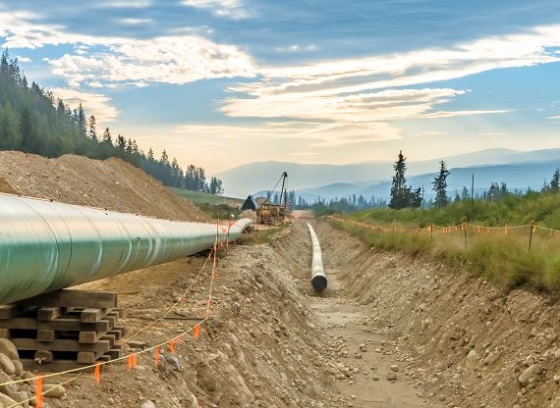
-
71 per cent of Canadians find the approval process too long.
-
67 per cent of Quebecers support the Marinvest Energy natural gas project.
“While there has always been a clear majority of Canadians supporting the development of new pipelines, it seems that the trade dispute has helped firm up this support,” says Gabriel Giguère, senior policy analyst at the MEI. “From coast to coast, Canadians appreciate the importance of the energy industry to our prosperity.”
Three-quarters of Canadians support constructing new pipelines to ports in Eastern Canada or British Columbia in order to diversify our export markets for oil and gas.
This proportion is 14 percentage points higher than it was last year, with the “strongly agree” category accounting for almost all of the increase.
For its part, Marinvest Energy’s natural gas pipeline and liquefaction plant project, in Quebec’s North Shore region, is supported by 67 per cent of Quebecers polled, who see it as a way to reduce European dependence on Russian natural gas.
Moreover, 54 per cent of Quebecers now say they support the development of the province’s own oil resources. This represents a six-point increase over last year.
“This year again, we see that this preconceived notion according to which Quebecers oppose energy development is false,” says Mr. Giguère. “Quebecers’ increased support for pipeline projects should signal to politicians that there is social acceptability, whatever certain lobby groups might think.”
It is also the case that seven in ten Canadians (71 per cent) think the approval process for major projects, including environmental assessments, is too long and should be reformed. In Quebec, 63 per cent are of this opinion.
The federal Bill C-5 and Quebec Bill 5 seem to respond to these concerns by trying to accelerate the approval of certain large projects selected by governments.
In July, the MEI recommended a revision of the assessment process in order to make it swift by default instead of creating a way to bypass it as Bill C-5 and Bill 5 do.
“Canadians understand that the burdensome assessment process undermines our prosperity and the creation of good, well-paid jobs,” says Mr. Giguère. “While the recent bills to accelerate projects of national interest are a step in the right direction, it would be better simply to reform the assessment process so that it works, rather than creating a workaround.”
A sample of 1,159 Canadians aged 18 and older were surveyed between November 27 and December 2, 2025. The results are accurate to within ± 3.5 percentage points, 19 times out of 20.
Business
Geopolitics no longer drives oil prices the way it used to

This article supplied by Troy Media.
Oil markets are shrugging off war and sanctions, a sign that oversupply now matters more than disruption
Oil producers hoping geopolitics would lift prices are running into a harsh reality. Markets are brushing off wars and sanctions as traders focus instead on expectations of a deep and persistent oil glut.
That shift was evident last week. Despite several geopolitical developments that would once have pushed prices higher, including the U.S. seizure of a Venezuelan crude tanker and fresh Ukrainian strikes on Russian energy infrastructure, oil markets barely reacted, with prices ending the week lower.
Brent crude settled Friday at US$61.12 a barrel and U.S. West Texas Intermediate at US$57.44, capping a weekly drop of more than four per cent.
Instead of responding to disruption headlines, markets were reacting to a different risk. Bearish sentiment, rather than geopolitics, continued to dominate as expectations of a “2026 glut” took centre stage.
At the heart of that outlook is a growing supply overhang. The oil market is grappling with whether sanctioned Russian and Iranian cargoes should still be counted as supply. That uncertainty helps explain why prices have been slow to react to a glut that is already forming on the water, said Carol Ryan, writing for The Wall Street Journal.
The scale of that buildup is significant. There are 1.4 billion barrels of oil “on the water,” 24 per cent higher than the average for this time of year between 2016 and 2024, according to oil analytics firm Vortexa. These figures capture shipments still in transit or cargoes that have yet to find a buyer, a clear sign that supply is running ahead of immediate demand.
Official forecasts have reinforced that view. Last week, the International Energy Agency trimmed its projected 2026 surplus to 3.84 million barrels per day, down from 4.09 million barrels per day projected previously. Even so, the IEA still sees a large oversupply relative to global demand.
Demand growth offers little relief. The IEA expects growth of 830 kb/d (thousand barrels per day) in 2025 and 860 kb/d in 2026, with petrochemical feedstocks accounting for a larger share of incremental demand. That pace remains modest against the volume of supply coming to market.
OPEC, however, has offered a different assessment. In its latest report, the group pointed to a near balance, forecasting demand for OPEC+ crude averaging about 43 million barrels per day in 2026, roughly in line with what it produced in November.
Reflecting that confidence. OPEC+ kept policy steady late in November, pausing planned output hikes for the first quarter of 2026 while more than three million barrels per day of cuts remain in place. Those measures are supportive in theory, but markets have shown little sign of being persuaded.
Recent geopolitical events underline that scepticism. The ongoing Russia-Ukraine war and Ukrainian strikes on Russian energy infrastructure, including reported hits on facilities such as the Slavneft-YANOS refinery in Yaroslavl, again failed to lift prices. Russia-Ukraine headlines pulled prices down more than strikes lifted them, according to media reports, suggesting traders were more attuned to “peace deal” risk than to supply disruption.
Washington’s move against Venezuelan crude shipments offered another test. The U.S. seizure of a Venezuelan tanker, the first formal seizure under the 2019 sanctions framework, had a muted price impact, writes Marcin Frackiewicz of Oilprice.com.
Venezuela’s exports fell sharply in the days that followed, but markets remained largely unmoved. One explanation is that Venezuela’s output is no longer large enough to tighten global balances the way it once did, and that abundant global supply has reduced the geopolitical premium.
Taken together, the signal is hard to miss. Oil producers, including in Canada, face a reality check in a market that no longer rewards headlines, only discipline and demand.
Toronto-based Rashid Husain Syed is a highly regarded analyst specializing in energy and politics, particularly in the Middle East. In addition to his contributions to local and international newspapers, Rashid frequently lends his expertise as a speaker at global conferences. Organizations such as the Department of Energy in Washington and the International Energy Agency in Paris have sought his insights on global energy matters.
Troy Media empowers Canadian community news outlets by providing independent, insightful analysis and commentary. Our mission is to support local media in helping Canadians stay informed and engaged by delivering reliable content that strengthens community connections and deepens understanding across the country.
-
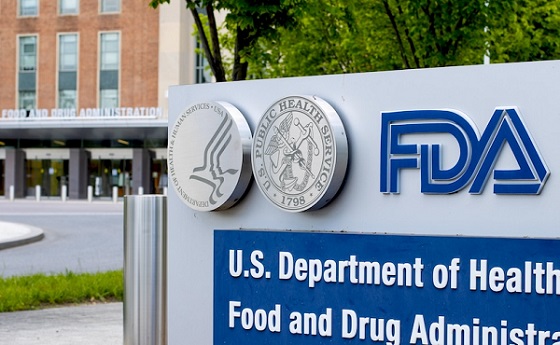
 Health2 days ago
Health2 days agoFDA warns ‘breast binder’ manufacturers to stop marketing to gender-confused girls
-
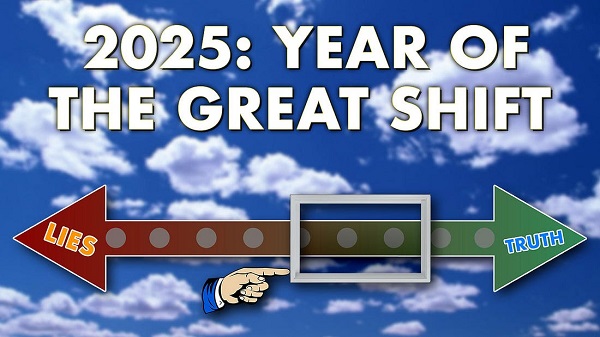
 International2 days ago
International2 days ago2025: The Year The Narrative Changed
-
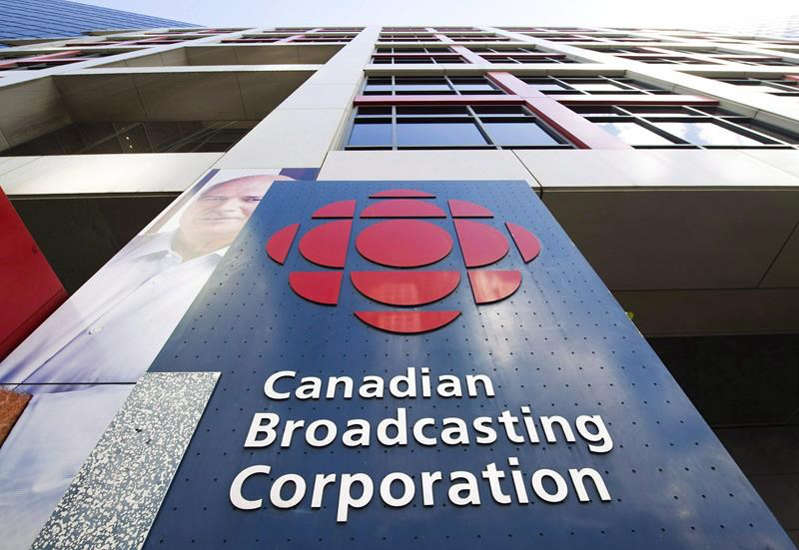
 Business1 day ago
Business1 day agoThere’s No Bias at CBC News, You Say? Well, OK…
-

 Uncategorized19 hours ago
Uncategorized19 hours agoMortgaging Canada’s energy future — the hidden costs of the Carney-Smith pipeline deal
-
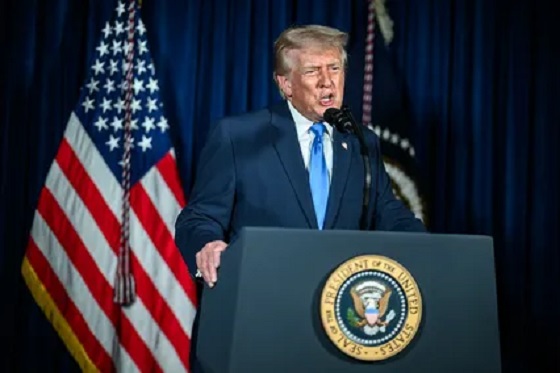
 Daily Caller2 days ago
Daily Caller2 days agoTrump Reportedly Escalates Pressure On Venezuela With Another Oil Tanker Seizure
-
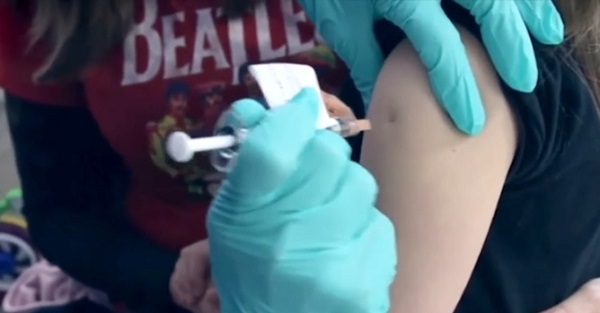
 Health2 days ago
Health2 days agoAll 12 Vaccinated vs. Unvaccinated Studies Found the Same Thing: Unvaccinated Children Are Far Healthier
-

 Agriculture2 days ago
Agriculture2 days agoSupply Management Is Making Your Christmas Dinner More Expensive
-
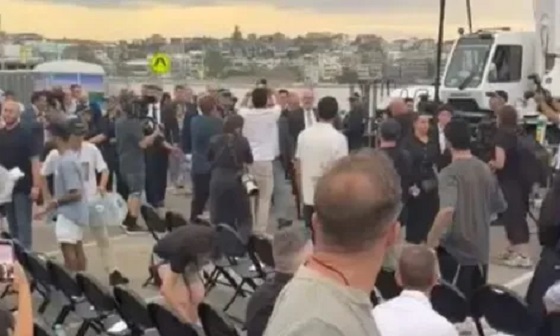
 International19 hours ago
International19 hours agoAustralian PM booed at Bondi vigil as crowd screams “shame!”









